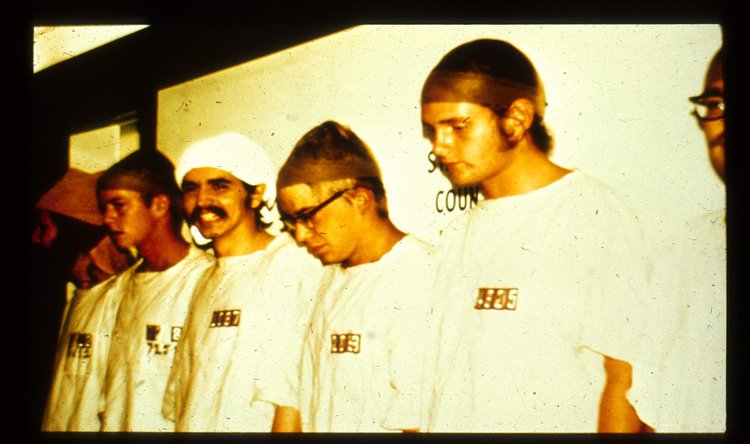Body Worlds
/ This weekend we took the whole family to see Bodyworlds at Philadelphia's Franklin Museum of Science. Everyone was fascinated, from the two-year-old to grandpa and grandma. Dozens of full-sized humans stood in flayed splendor, often in combinations of filleted ingenuity that would make Hannibal Lector blush.
This weekend we took the whole family to see Bodyworlds at Philadelphia's Franklin Museum of Science. Everyone was fascinated, from the two-year-old to grandpa and grandma. Dozens of full-sized humans stood in flayed splendor, often in combinations of filleted ingenuity that would make Hannibal Lector blush.
The displays are the brainchild and life's work of scientist Gunther von Hagens whose biography reads like a bad spy novel. After a two year imprisonment by East German authorities for political reasons, he was released after a $20,000 payment by the West German government. His pioneering invention that halts decomposition of the body after death and "preserves it for didactic eternity" through a delicate process of plastination:
A process at the interface of the medical discipline of anatomy and modern polymer chemistry, plastination makes it possible to preserve individual tissues and organs that have been removed from the body of the deceased as well as the entire body itself. Like most inventions, plastination is simple in theory: in order to make a specimen permanent, decomposition must be halted. Decomposition is a natural process triggered initially by cell enzymes released after death and later completed when the body is colonized by putrefaction bacteria and other microorganisms.By removing water and fats from the tissue and replacing these with polymers, the plastination process deprives bacteria of what they need to survive. Bodily fluids cannot, however, be replaced directly with polymers, because the two are chemically incompatible. Gunther von Hagens found a way around this problem: In the initial fluid-exchange step, water in the tissues (which comprises approximately 70% of the human body) and fatty tissues are replaced with acetone, a solvent that readily evaporates. In the second step, the acetone is replaced with a polymer solution.
The Franklin Institute Science Museum hosts "BODY WORLDS: The Anatomical Exhibition of Real Human Bodies" from October 7, 2005 through April 23, 2006.
Throughout the ages, medical scholars and students have strived to understand how our bodies function through exploration of real human specimens. BODY WORLDS, one of the most highly attended touring exhibitions in the world, takes this tradition one step further by presenting a new look at the human body.The exhibition features more than 200 authentic human specimens, including entire bodies, individual organs and transparent body slices that have been preserved through the process of "Plastination," a technique that replaces bodily fluids and fat. BODY WORLDS offers a once-in-a-lifetime chance to see and understand our own physiology and health and to gain new appreciation and respect for what it means to be human.
Visit the official BODY WORLDS website.








